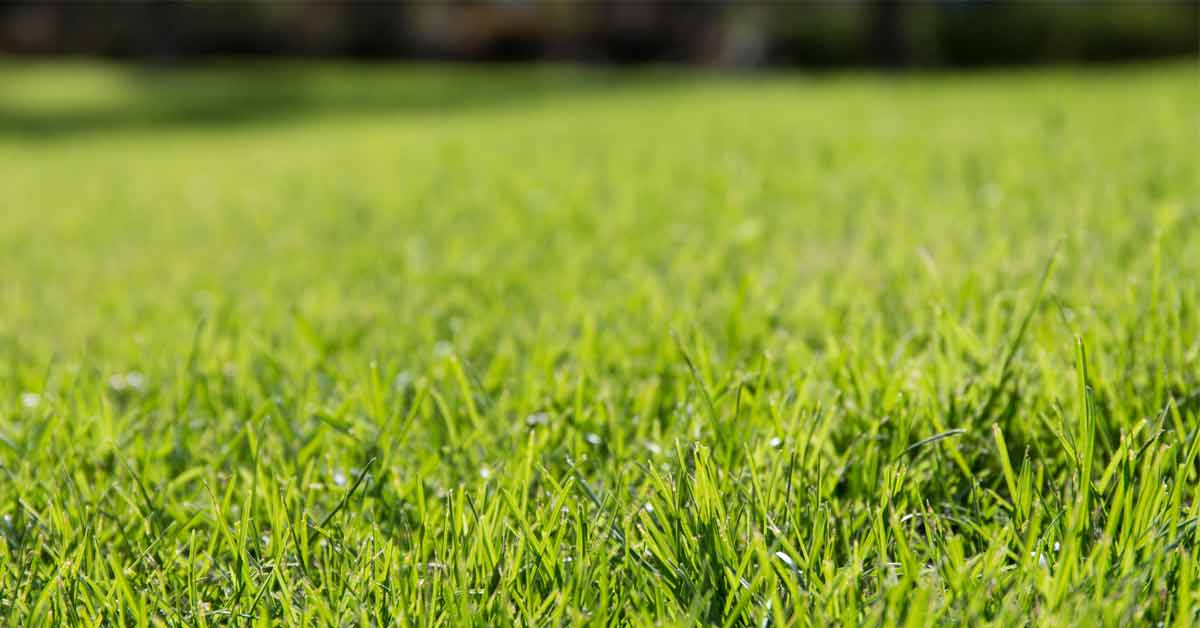When and How to Water Your Lawn
When to Water:
The best time to water your lawn is in the early morning hours between 4:00 AM and 10:00 AM. Early morning is best because there is less wind to blow the water away and less sunlight to evaporate it. This also discourages disease by giving the lawn the rest of the day to dry.
How to Know When Your Grass Needs Water:
- Step Test: Step on the lawn. If the grass doesn’t spring back right away, it needs water. If it pops right back up, it already has plenty of water.
- Curled Blades: Look at your grass. If you notice that the blades are curled, your grass is water stressed, and it is time to water.
- Change in Color: It may sound basic, but if your grass is starting to lose its green color – it is time to water.
How Often to Water:
- Ordinary Seed: Water 1-2 times a week, applying a total of approximately 1 inch of water each week based on your location and time of year. Watering 1- 2 times per week is more beneficial than light watering several times a week. Light watering promotes shallow roots, which make plants less drought tolerant.
- Pennington Smart Seed. These grasses are specifically bred to be drought tolerant. Smart Seed requires up to 30% less water year after year versus ordinary grass seed.
How to Know if Your Grass is Getting the Right Amount of Water:
- Can Test: Place multiple water gauges or tuna or cat food cans on the lawn. (Tuna and cat food cans are 1 inch high.) Run your sprinkler or irrigation systems for 15 minutes and measure the water in the catch basins. This will help you determine how long you need to run your sprinklers or irrigation system to make sure your lawn is getting the right amount of water.
- Rain Gauges: Rely on Mother Nature to reduce your water bill. Use a rain gauge to measure how much rain your lawn is getting. If you get an inch of rain in a week, there is likely no need to run your sprinklers that week.
- Sensors: Some irrigation systems have built-in sensors that keep track of how much water your lawn has already received and will need based on recent rainfall, temperature and soil type.
Is There a Thing as Too Much Water?
Yes, your grass can get too much water. If your grass gets too much water, it doesn’t get oxygen and can actually suffocate. Too much water also makes your grass more susceptible to disease.
Watering Guidelines for New Lawns:New lawns need to be watered every day and sometimes more than once a day to keep soil moist. Do not allow the top ½ inch of the soil to become dry until the grass is 1 inch tall. Once the grass is 1 inch tall, water the grass every other day until grass is established (approximately three weeks). Once the grass is established, revert to watering 1-2 times a week for a total of approximately 1 inch of water.
Sprinkler & Irrigation System Tips:
- If you have an irrigation system, make sure you have an audit every few years. As your landscape grows, the system may be blocked by larger trees and bushes.
- Some sprinklers apply water too fast. If water is running off into the street, turn off the water. Wait approximately 20 minutes for the water to absorb, and turn the sprinklers on again.
Drought Tips:
- Cut grass on the high side to help shade the roots. Taller grass has a deeper root system that draws moisture from a larger volume of soil and doesn’t require as much watering.
- Plant drought-resistant grass such as Pennington Smart Seed, which requires up to 30% less water than ordinary seed year after year.


